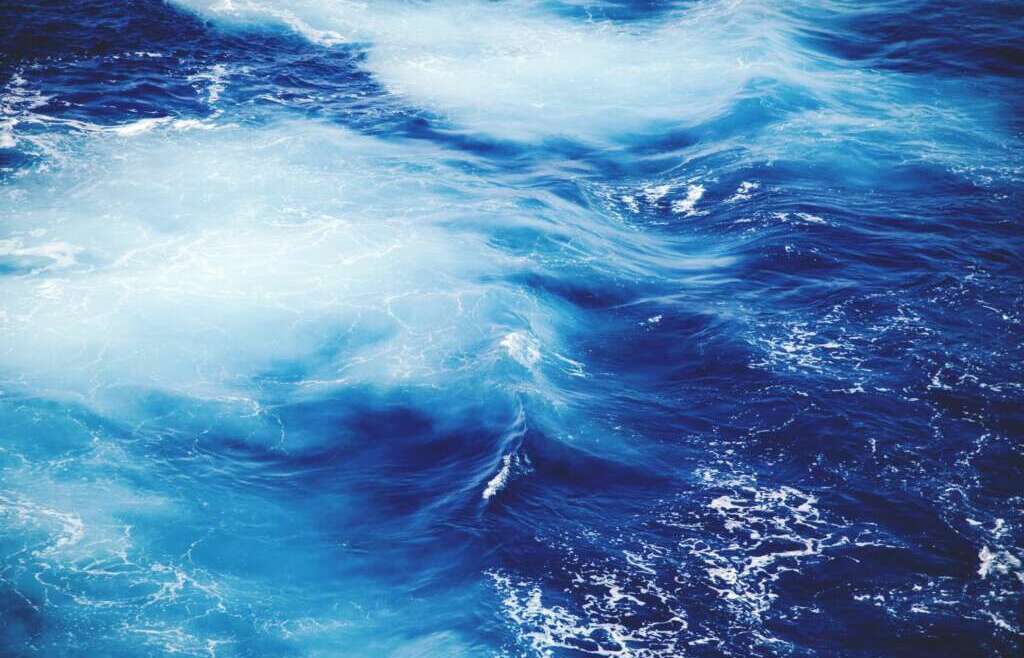June 8-12 is World Ocean Week!
Our blog post today will focus on one current topic in the world of oceans, through the lens of a few environmental acts currently in the news. On June 5, 2020, the President announced that he will be reopening the Northeast Canyons and Seamounts Marine National Monument to commercial fishing. Below we will explain how the monument came into being, and what the decision to reopen it to fishing means for the related environmental acts.
Designation of the Monument
Back in 2016, President Barack Obama created the Northeast Canyons and Seamounts Marine National Monument (“the Monument”) as the first national marine monument in the Atlantic Ocean. He did this through Proclamation 9496, using his authority granted by the Antiquities Act of 1906. The Antiquities Act, an environmental act which is the first protective law for cultural and natural resources in the U.S., applies to the lands and seas owned or controlled by the U.S. government. There are over 150 monuments currently. The creation of the Monument prohibited several activities in the covered area southeast of Cape Cod, including oil and gas activities, use of explosives, introducing species, commercial fishing, and altering the submerged lands in any way. The Monument includes the Oceanographer, Gilbert, and Lydonia Canyons and the Bear, Physalia, Mytilus, and Retriever Seamounts. Some of the protected area lies in Georges Bank, a highly productive and popular fishing area.
Management of the Monument
Two federal agencies have management responsibilities for the Monument, through different environmental acts. The National Oceanic and Atmospheric Administration (“NOAA”) manages different activities which are allowed but regulated in the Monument as well as managing the various species that live in the area, through environmental acts such as the Magnuson-Stevens Fishery Conservation and Management Act and the Marine Mammal Protection Act. The U.S. Fish and Wildlife Service also has management responsibilities under environmental acts including the Endangered Species Act and the Refuge Recreation Act.
Modification of Proclamation 9496 and What It Means
In his Proclamation on Modifying The Northeast Canyons and Seamounts Marine National Monument, President Trump lifted the prohibition on commercial fishing in the Monument, stating that:
“. . . following further consideration of the nature of the objects identified in Proclamation 9496 and the protection of those objects already provided by relevant law, I find that appropriately managed commercial fishing would not put the objects of scientific and historic interest that the monument protects at risk. Indeed, Proclamation 9496 allows for recreational fishing and further acknowledges that ‘[t]hroughout New England, the maritime trades, and especially fishing, have supported a vibrant way of life, with deep cultural roots and a strong connection to the health of the ocean and the bounty it provides.’”
More on the support for, and opposition to, allowing commercial fishing in the Monument can be seen in news articles such as this one. It is worth noting that while commercial fishing will now be allowed in the Monument, it will still be subject to the various applicable environmental acts which provide for regulating fishing, both those listed above and others. As such, it remains important for fishermen who will engage in commercial fishing within the Monument to be aware of the laws and regulations that apply to their activities.
For more on the modification to the Monument, or to discuss the laws and regulations referred to in this blog post, call Desautel Law at 401.477.0023 and speak with our attorneys today.


